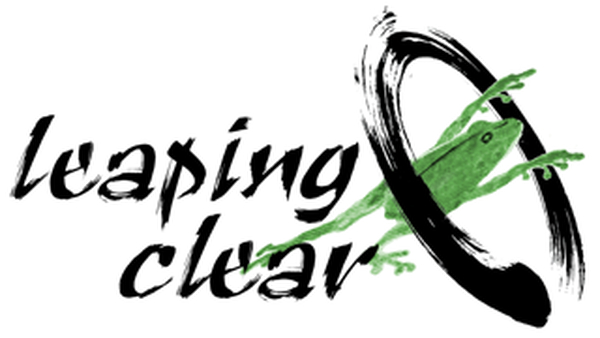Wishing all of you a Happy and Peaceful and Joyful New Year! We’re leaping into the new year with new artists and writers and musicians from around the world. They’ll join us in the wonderful Spring 2018 Issue, March 20. The dedication and quality of these artists working in all forms continue to bring us insights and joy.
Giving Thanks
Thanksgiving Day always reminds me of how our lives are connected to so many others and to the innumerable conditions that sustain us: our loved ones and our societies, as well as the impersonal forces of life. Different spiritual traditions use different phrases for this.
Years ago, I was fortunate to attend the sweat lodges of Fred Wahpepah, a Native American elder of the Kickapoo and Sac-and-Fox tribes. Fred shared his great-hearted presence along with some of his sacred Native American traditions, including the Lakota phrase, Mitakuye Oyasin, which commonly translates as “all my relations.” This includes all of life: the life of humans, of all animals, the life of all plants, the life of water and earth and rocks and soil, the life of planets and stars.
When the Earth Shakes
It wakes us up—sometimes literally. I was shaken awake at six in the morning many years ago. The sun was just rising and the full moon setting. Through the east, west, and north windows I could see power lines snapping, arcing pale orange, violet, and blue. Smell the smoke. Hear the dogs howling and the sirens wailing from every direction. I was fortunate that my small wood-frame top-floor apartment on top of a small hill was far enough from the epicenter to survive the quake. Many in Los Angeles were not.
Practicing Art | Practicing Meditation
Most contemplative traditions recognize that dedicated art practice also expands our capacity for taking care, for paying attention, and for looking more deeply. Image- and text-based art forms, as well as song and dance, appear throughout the history of religions and mystic traditions.
On June 9 the Barre Center for Buddhist Studies will host a symposium on Practicing Art/Practicing Dharma. I’ll be attending that and am happy that this connection between art and meditation is now being more widely explored in Western Buddhism.
Earth Day
On April 22, 2017, Earth Day celebrations will take place in 193 countries, www.earthday.org. I find it encouraging that this recognition of our planetary environment now includes so many celebrations. The concept of Earth Day began with the intentions and actions of a few individuals just over four decades ago.
The several founders—scientists, teachers and professors, citizen activists, and politicians—were clear that this day was to include all species. No matter how large or small, including those invisible to unaided human eyes. Wherever the species were found: on, under, or above the earth. All the earth’s systems: the biosphere of the surface, the waters, and the atmosphere.
Equal Dark and Light
We choose the equinoxes as Leaping Clear’s issue dates for actual and symbolic reasons. The equinoxes are the two days in the year when daylight and darkness are about equal in both the northern and southern hemispheres.
This balance is brief, changing, and imprecise due to many technical factors of the earth-sun relationship. Yet, the equinoxes are dependable—occurring within a few days or hours of March 20 and September 22—at least within the arc of human history.
Leaping Clear in the New Year
As a species, we’ve set aside certain dates to make resolves, to settle differences, to celebrate with festivals, and to renew vows of spiritual, ethical, and religious practice.
We call these the New Year, Nowruz, Holi, and many other names. We’ve been observing the earth and the skies and the tides and the revolutions of the seasons for millennia and creating calendars based on them that acknowledge our collective need to begin again.
Everyone who makes art and is touched by art begins again. These activities of art-making and appreciating art are embedded in us, part of our human heritage. This is true for each of us today.
